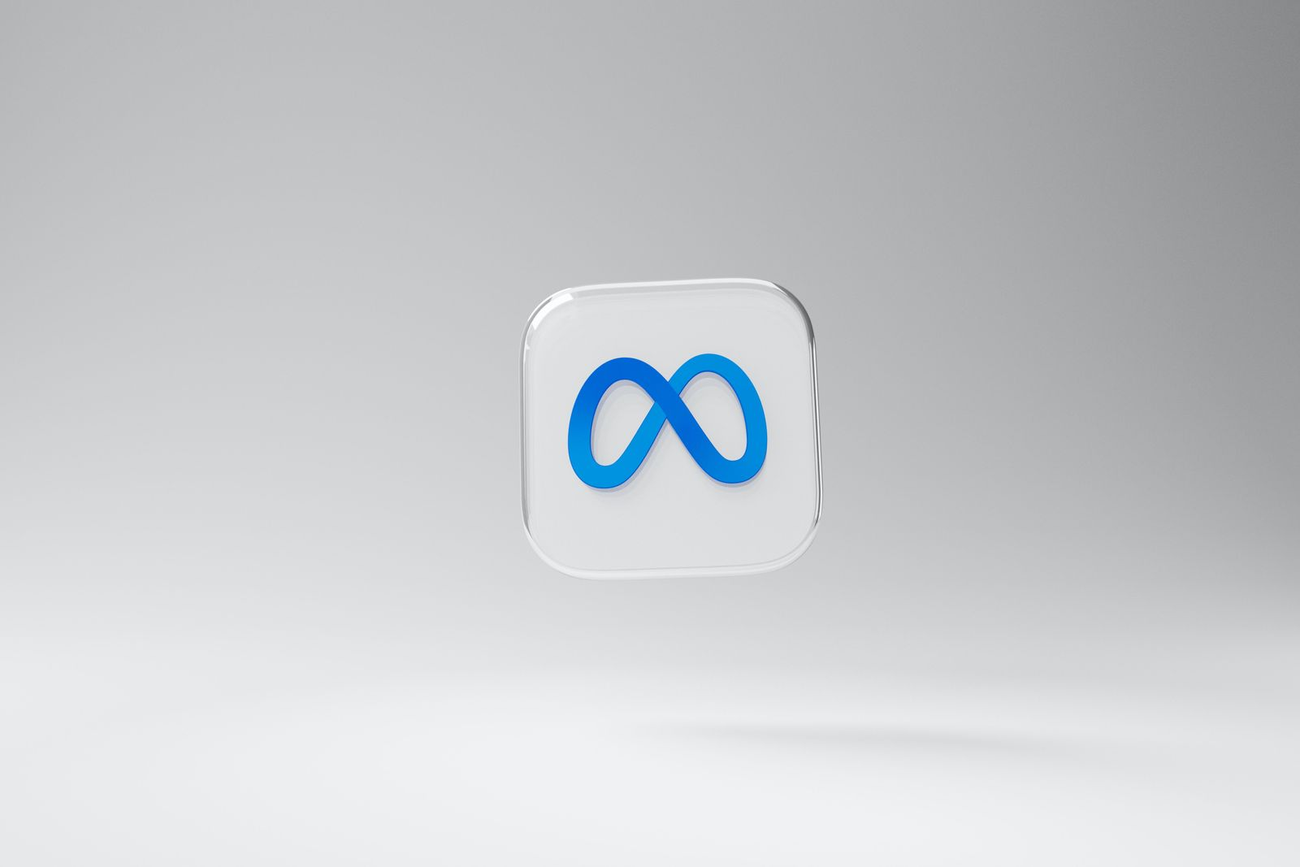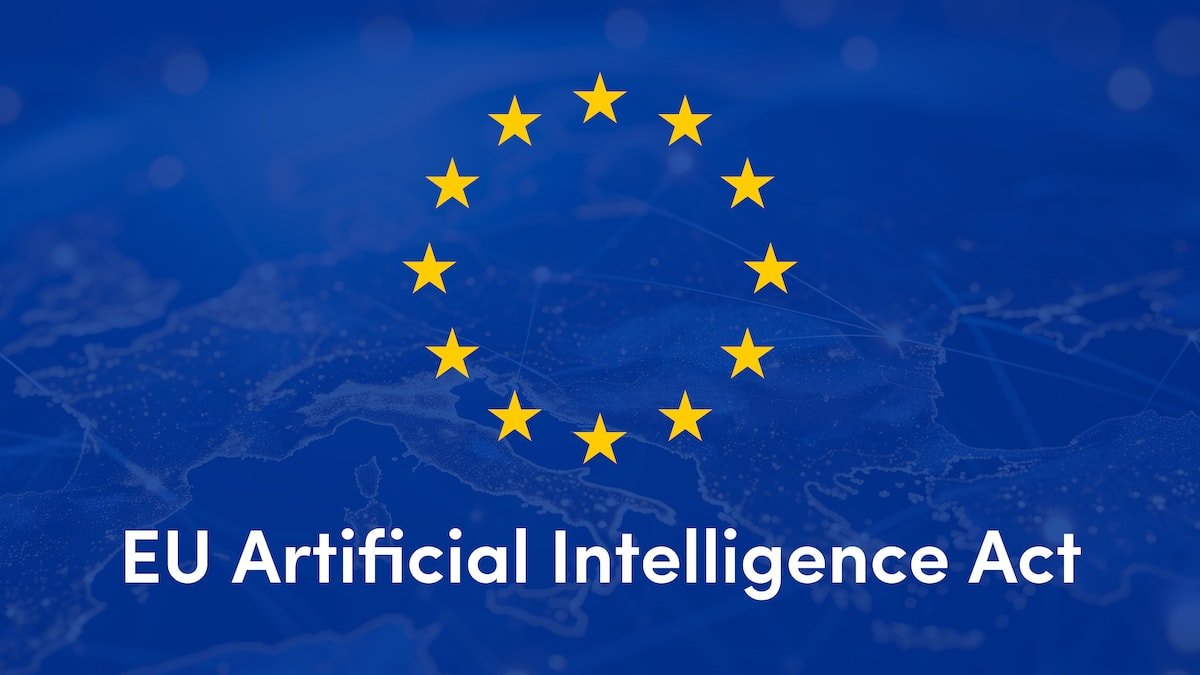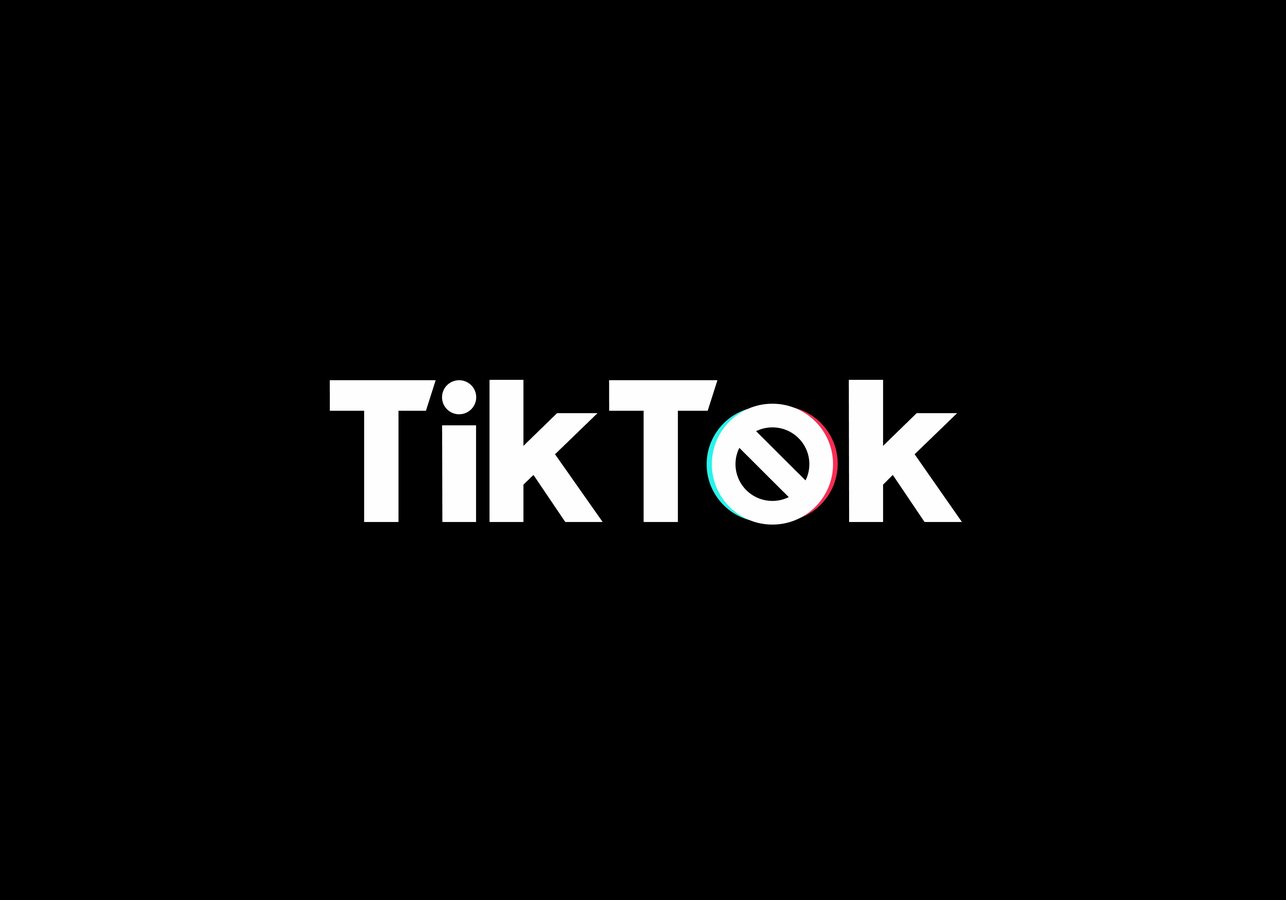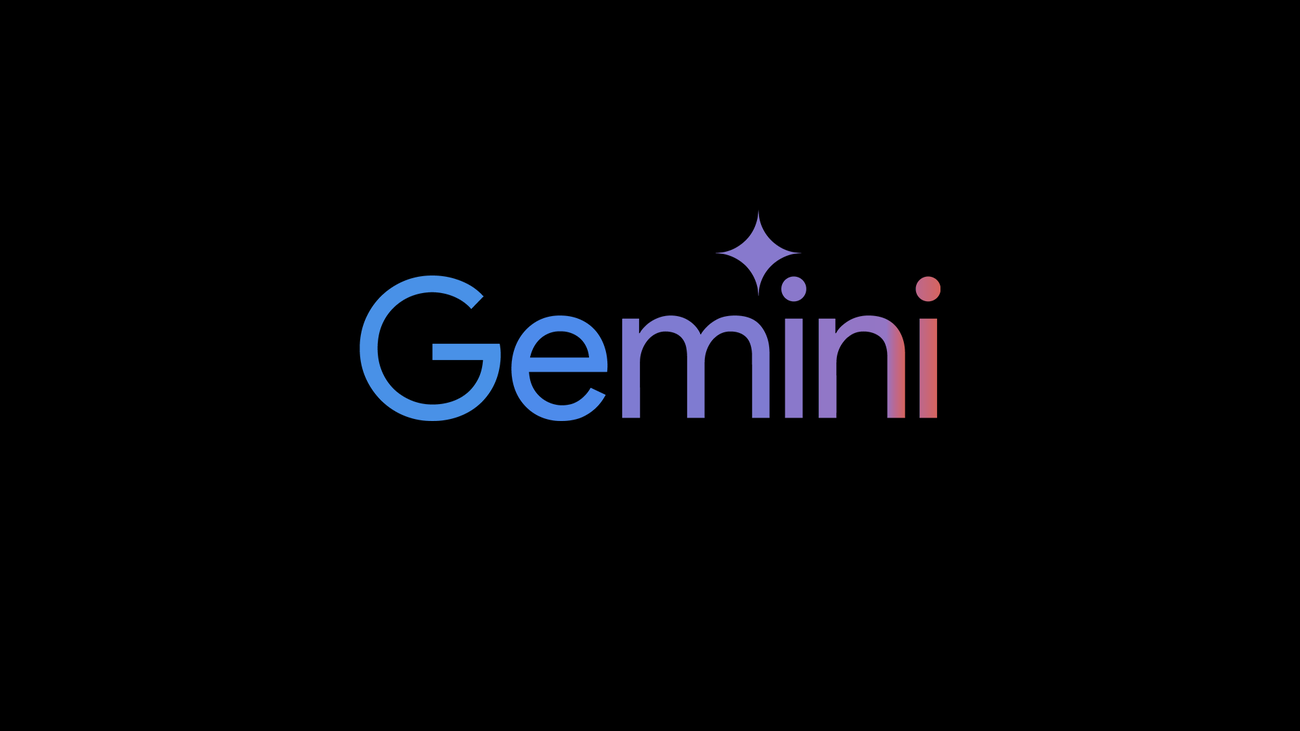Everything You Need to Know About Meta AI
Learn more about the latest AI experiences from Meta.

Through research and collaboration, Meta is advancing experiences for users worldwide through state-of-the-art Generative AI. Meta’s ever-evolving AI offers fully immersive experiences, allowing users to connect and express themselves with people on innovative new levels, in a responsible and safe environment. In this article, we’ll explore Meta’s investment in AI, its latest AI rollouts, new Meta AI features on the horizon, and how they’re accounting for privacy.
Looking at the “why” behind Meta’s investment in AI initiatives tracks back to the year 2022. When Apple changed the way iPhone users were tracked on Facebook and Instagram, Meta suffered from a $10 billion dollar revenue loss. So out of necessity, Meta implemented AI to determine which ads to show on Facebook and Instagram, and then utilized its algorithm to select ads that would drive the best conversion rates. The data generated from this solution proved to be more valuable to advertisers than tracking iPhone user browser history.
Meta’s second initiative for AI, open source, large language model AI or Llama (now Llama 2), was driven in attempts to stay competitive amongst Google’s BARD and Microsoft’s ChatGPT experiences. Partnering with Microsoft, Meta’s Llama 2 differs from its competition based on the fact that it is an open source model and available to the public to research, identify, and fix any potential issues. Doing so allows outsiders the opportunity to mitigate the bias and toxicity that AI systems pick up by ingesting how real people write and communicate. Meta’s investment in AI is ongoing with the belief that it is the future. And with a team of engineers, Meta is developing new features to stay on the cutting-edge of AI.
The Latest Meta AI Experiences
Ray-Ban Meta Smart Glasses
Meta’s next generation of Ray-Ban Smart Glasses were released this fall, providing users with a hands-free, on-the-go-experience. Integrated with Meta AI, you can control the glasses using your voice with the command “Hey Meta,” get information, and through multimodal AI-powered capabilities, the glasses will be able to understand what you’re seeing through a built-in camera. So you can ask Meta AI for help creating a caption for a photo of the hike you just went on or ask Meta to describe the object you’re holding. The new generation includes: better audio, the ability to share your point of view, upgraded photo and video processing, and a lighter, slimmer frame. The glasses start at $299 USD, and are available on meta.com and ray-ban.com.
AI Stickers
AI Stickers allows you to create unique, customized stickers for your chats or stories, in seconds. You simply type in a text prompt and choose from the AI-made collection of stickers to express how you’re feeling. This feature is now available in English language-users across WhatsApp, Messenger, Instagram, and Facebook.
Meta AI Assist
Meta AI serves as a virtual assistant across apps, allowing users to answer questions, generate photorealistic images, and more. To interact with Meta AI, simply pull up a new message and select “Create an AI chat” or type @MetaAI in a group chat and follow up with what you’d like help with. For example, if you ask Meta AI to produce a list of the best restaurants in your city, it will populate a list and share Reels relevant to your search for a more integrated and personal assist. This feature is currently accessible to all users.
What’s Next?
Image Editing With AI
Using Restyle and Backdrop, users will soon be able to or co-create images using AI, with friends on Instagram. Restyle allows users to reimagine images using styles that you describe. For example, using the term “watercolor” would transform your image into a watercolor masterpiece. Backdrop will allow you to alter the background or scene of your existing image. For example, you could enter a prompt like “surround me with puppies” and your AI-generated image will populate puppies around the primary subject. With transparency as a key focal point to Meta, all AI-generated images will include an invisible watermark detailing that the image was made by AI and not human-generated content.
Invisible Watermarking
In the coming weeks, Meta will add invisible watermarking to the Imagine With Meta AI experience for increased transparency and traceability. The invisible watermark is applied with a deep learning model. While it’s imperceptible to the human eye, the invisible watermark can be detected with a corresponding model.
Red Teaming
Meta is also continuing to invest in red teaming—a vital part of its innovation culture for years. This entails pressure testing their generative AI research and features that use large language models (LLMs) with prompts they expect could generate risky outputs. Meta most recently introduced Multi-round Automatic Red-Teaming (MART), a framework for improving LLM safety that trains an adversarial and target LLM through automatic iterative adversarial red teaming.
Is Meta’s AI Safe to Use?
As with all new technology, transparency and privacy remain a top priority for users. How data is used, where it is stored, what’s public and private, and who has access, are factors that are thrown into focus.
Let’s take a closer look at Meta’s privacy and transparency protocols.
How Does Meta Train Generative AI to Respect People’s Privacy?
Before Meta’s AI models were created, large amounts of data was used to train foundational models and instill privacy safeguards and integrity mitigations. In the training process, public information from online sources was used, along with licensed data, and information from Meta’s products and services.
Of the publicly available online information, developers excluded websites that commonly share personal information, excluded private Instagram and Facebook posts, and private messages. What was used, included public Instagram and Facebook posts, public images, and data of AI sticker usage to improve AI sticker models. For more information about the data Meta collects and how they utilize user’s information, read here: Meta’s Privacy Guide, Meta AI Terms of Service, Meta’s Privacy Policy.
What Happens to the Information Sent to Generative AI Features?
The information you provide in chats to Meta AI contributes to a more relevant and personalized response. However, through human training, monitoring and tuning of the generative AI models, Meta limits the possibility of responding to other users with the private information you shared. For more control, Meta has even built in commands to delete information shared in a chat with an AI on Messenger, Instagram, and WhatsApp. For example, you can delete your AI messages by typing “/reset-ai” in a conversation. As Meta AI works today, it cannot be brought into the chat by Meta in WhatsApp, Instagram or Messenger, and can’t message you or your group first.
To further improve functionality, safety, and innovations, Meta continues to listen to feedback based on experiences with their AIs, and output updates and new guidelines. They’re just scratching the surface of what AI can do.
Stay tuned for more updates.





